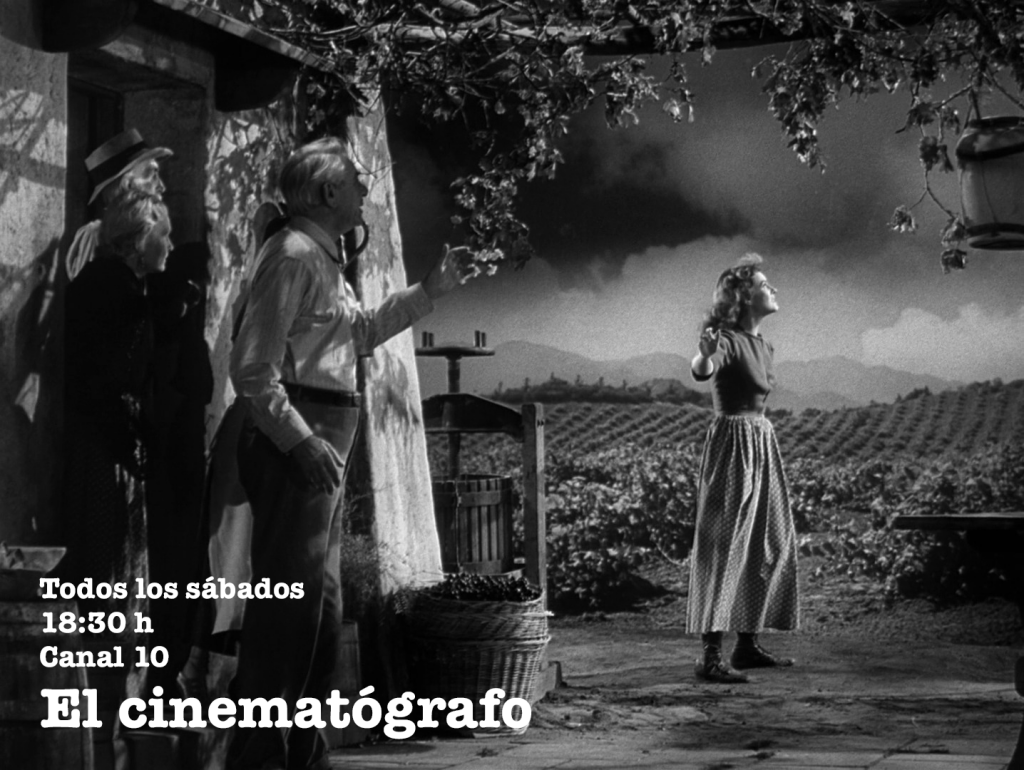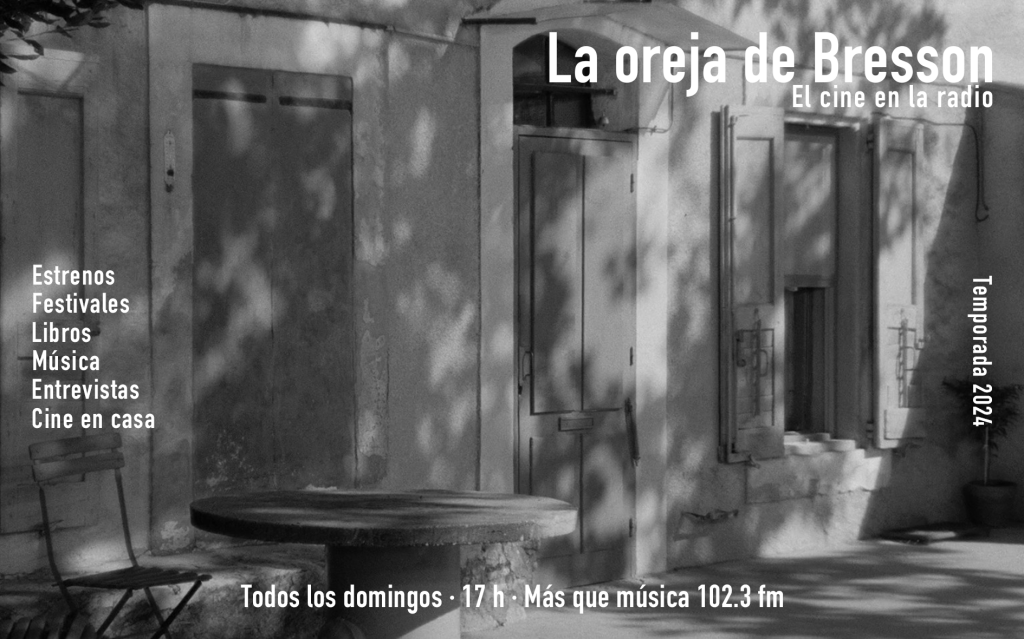
SHORT REVIEWS (31): KHEST VA AYENEH / THE BRICK AND THE MIRROR
 Extraordinary from end to end. No superfluous shots, precise formal decisions, a private and public drama, an epoch. The debut feature by writer and filmmaker Golestan is a seminal film of what became known as the Iranian New Wave. The echoes in later films by Kiarostami, Makhmalbaf, Panahi, and other filmmakers are undeniable, although historical time denotes an essential difference—in the decade of the 1960s, Iran looked more modern and secular, as can be seen in various street shots and the masterful scene, plethoric with eroticism, in the small room of the protagonist.
Extraordinary from end to end. No superfluous shots, precise formal decisions, a private and public drama, an epoch. The debut feature by writer and filmmaker Golestan is a seminal film of what became known as the Iranian New Wave. The echoes in later films by Kiarostami, Makhmalbaf, Panahi, and other filmmakers are undeniable, although historical time denotes an essential difference—in the decade of the 1960s, Iran looked more modern and secular, as can be seen in various street shots and the masterful scene, plethoric with eroticism, in the small room of the protagonist.
Khest va Ayeneh / The Brick and the Mirror, Iran, 1965.
Escrita y dirigida por Ebrahim Golestan.
The beginning is magnificent. A woman (interpreted by poetess and iconoclastic filmmaker Forough Farrokhzad) abandons her baby in the taxi she’s traveling in. The taxi driver will immediately realize it and will go looking for the mysterious woman. The place is gloomy in itself. There live those who have already been dragged to the limits of what’s acceptable. The work on the space in that sequence, and the play of light and shadow show a scenic confidence rarely seen in a debutant. The following scene is no less mind-bending: the taxi driver visits a bar with the baby in arms and his acquaintances give their points of view on his situation. The whole mentality of a time is there to be seen, as are its social and economic coordinates. But, what will the taxi driver do with the baby?
The film adds a second dramatic route when the mistress of the protagonist intervenes. She wants to be with him and won’t even reject the possibility of providing a home to the orphan. The tension between them reaches its climax in a discussion they will have in broad daylight while walking through the alleys of Teheran. Golestan crafts a form of recording in which the conflict materializes; a tracking shot of the lovers moving in the same direction, but what is actually seen is a sort of shot-counter-shot sequence in which both of them move (symbolically) in opposite directions.
Each scene introduces an institutional dimension and a situation of social unrest preannouncing the revolution of the following decade. The final scenes are heartrending—almost all of the future Iranian citizens will be foundlings.
Roger Koza / Copyleft 2018





Últimos Comentarios